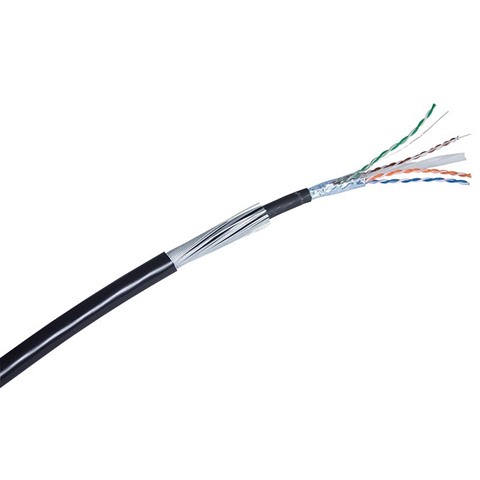
Armoured External Cat6 UTP Solid Cable (Price Per Metre) | Cat6 Cable (cablemonkey.co.uk)
When running CAT6 SWA to Electric Vehicle Supply Equipment to provide an internet connect to allow the equipment to be activated remotely using an App or by the electric supplier if the consumer has signed up for a tariff that allows the electric supplier to select the precise charging times should the SWA armour always be earthed at one end only or should it mirror the connection of the CPC or armour of the EVSE supply circuit?
